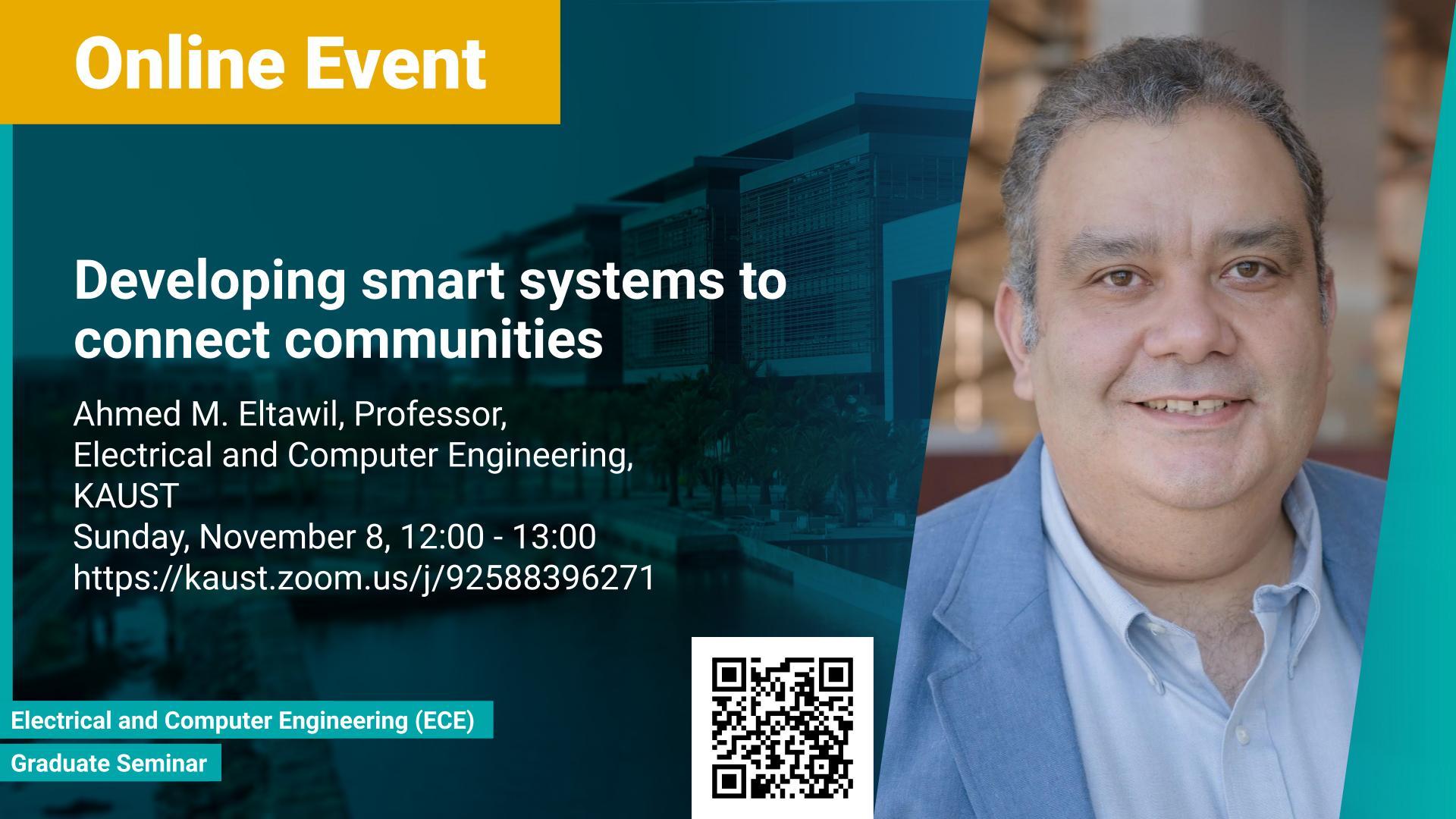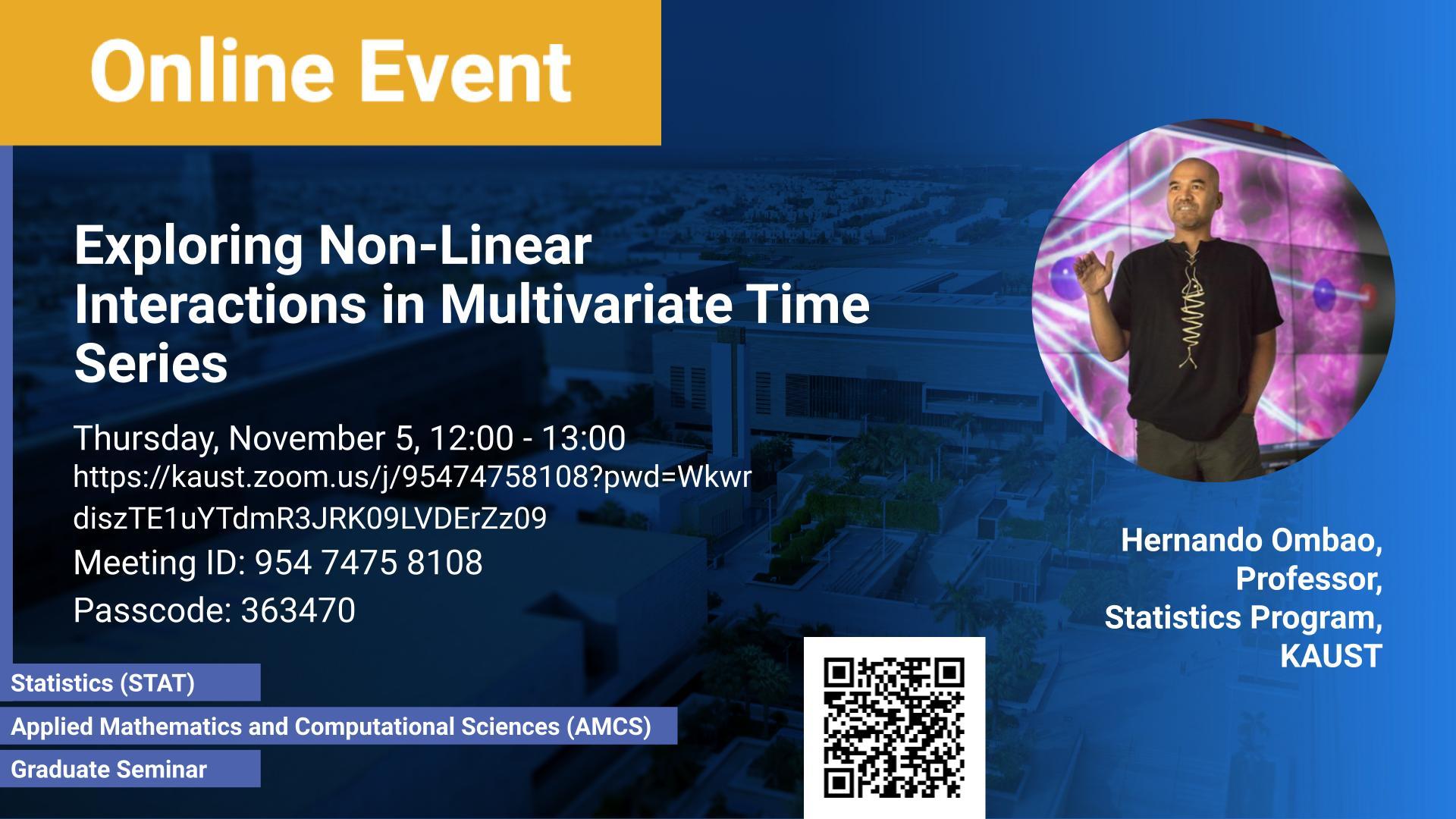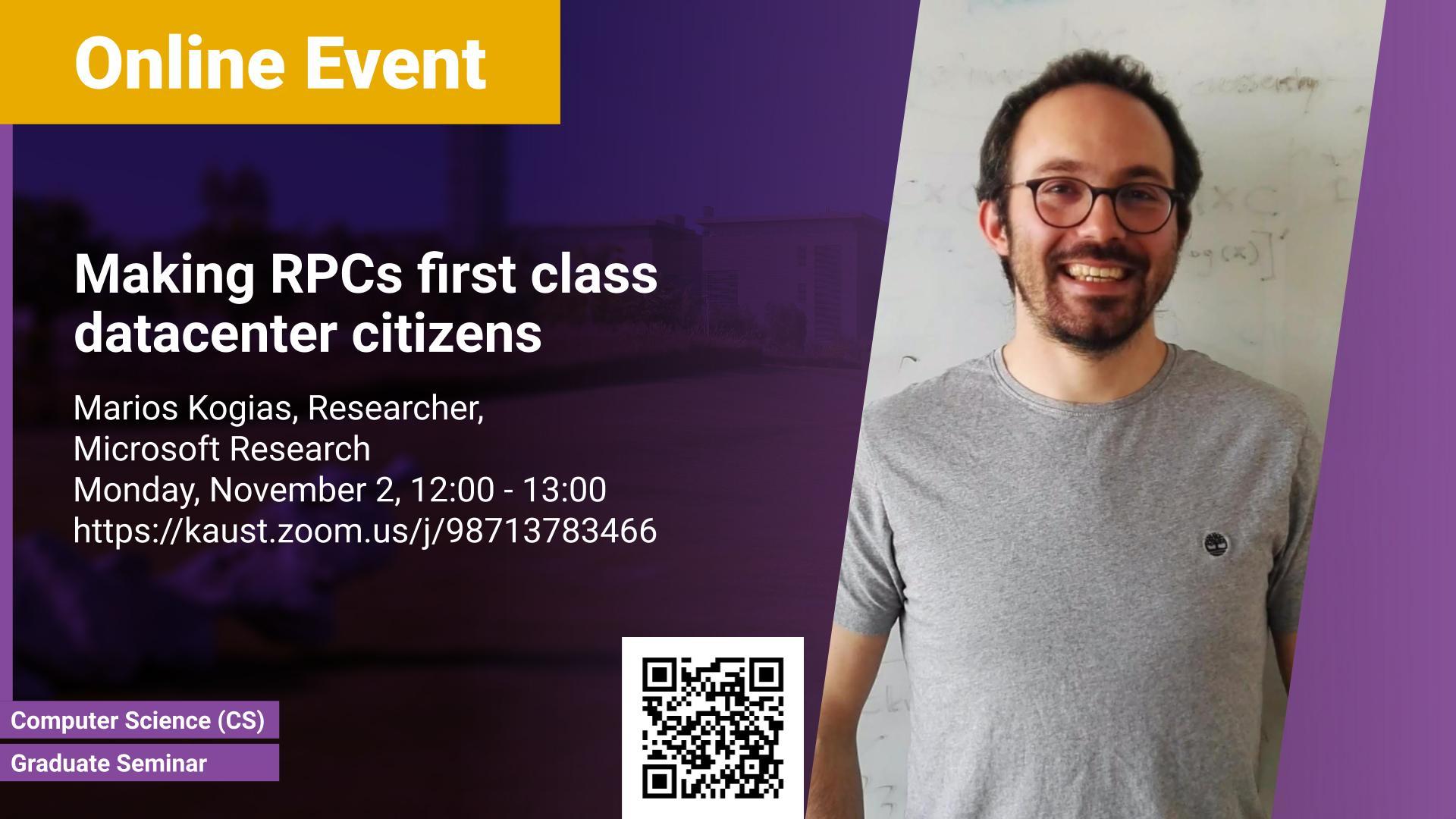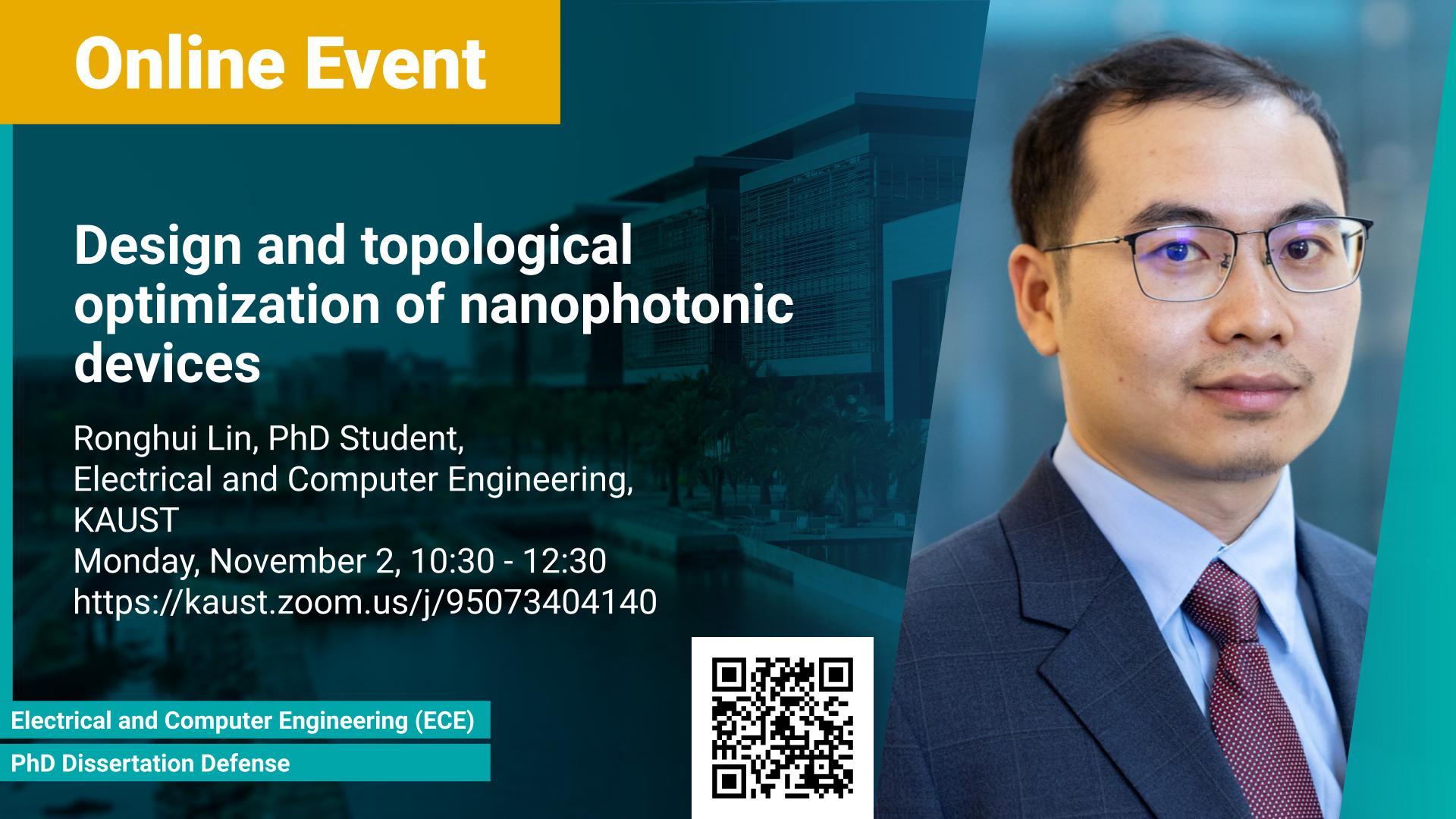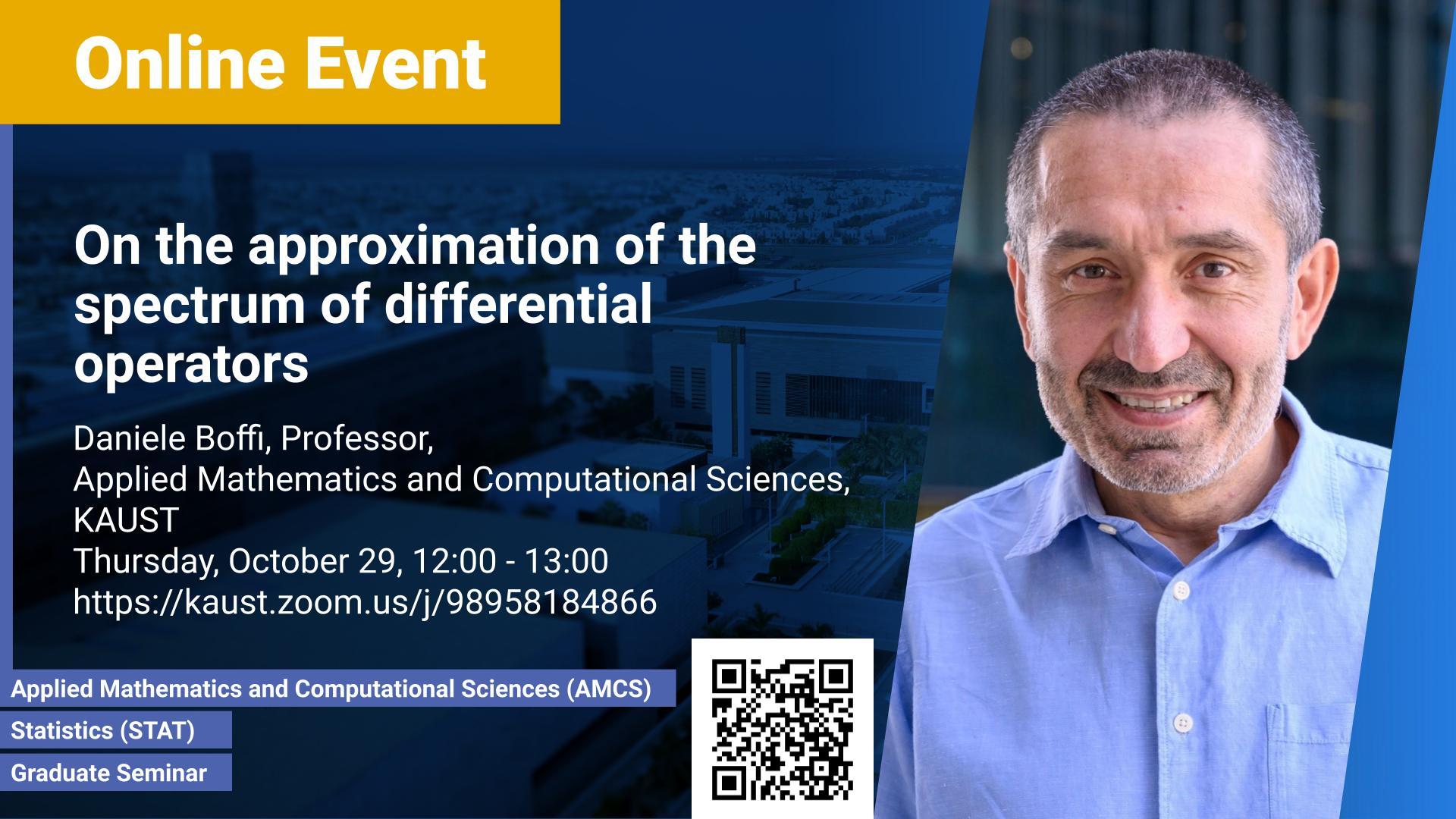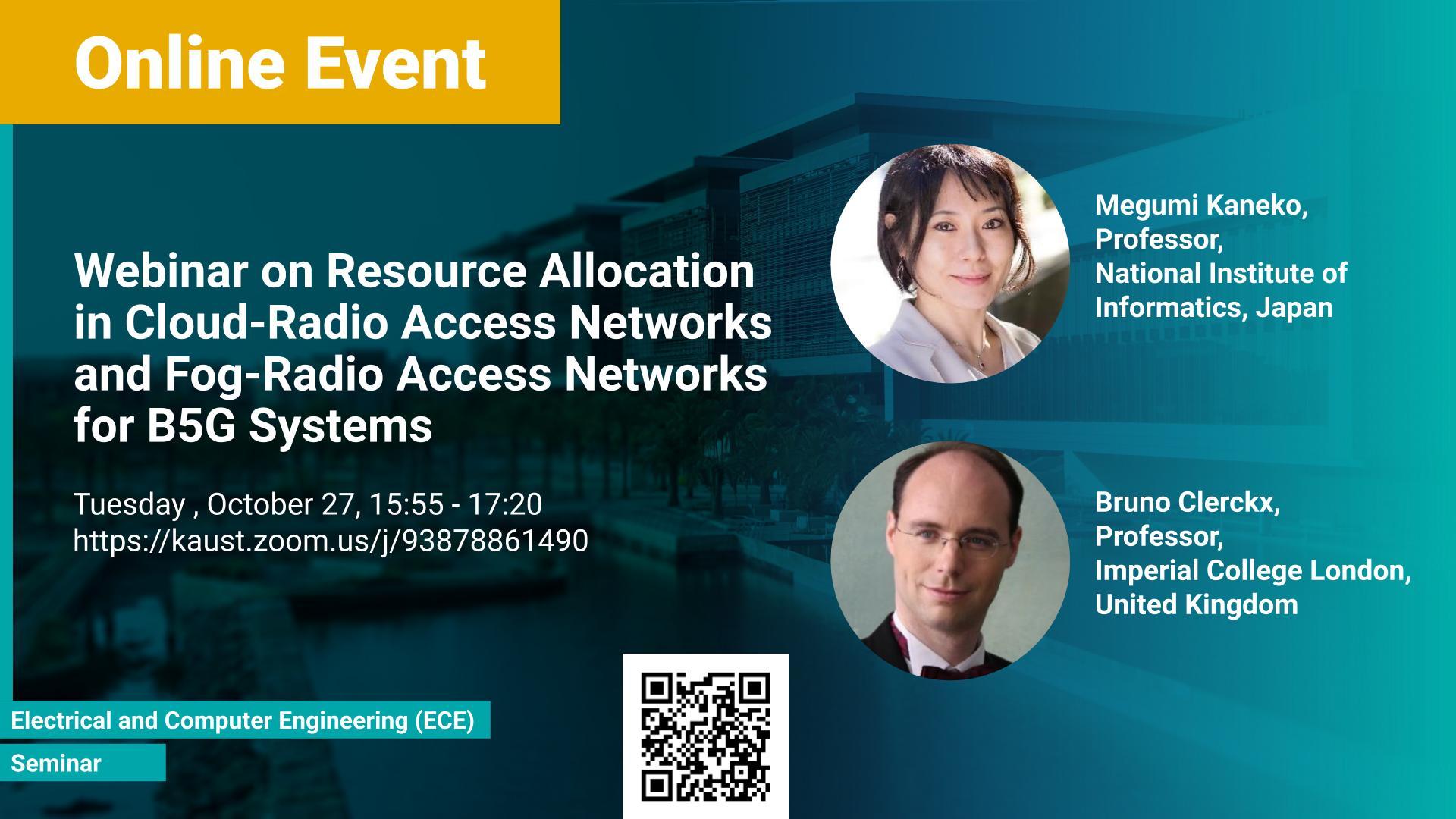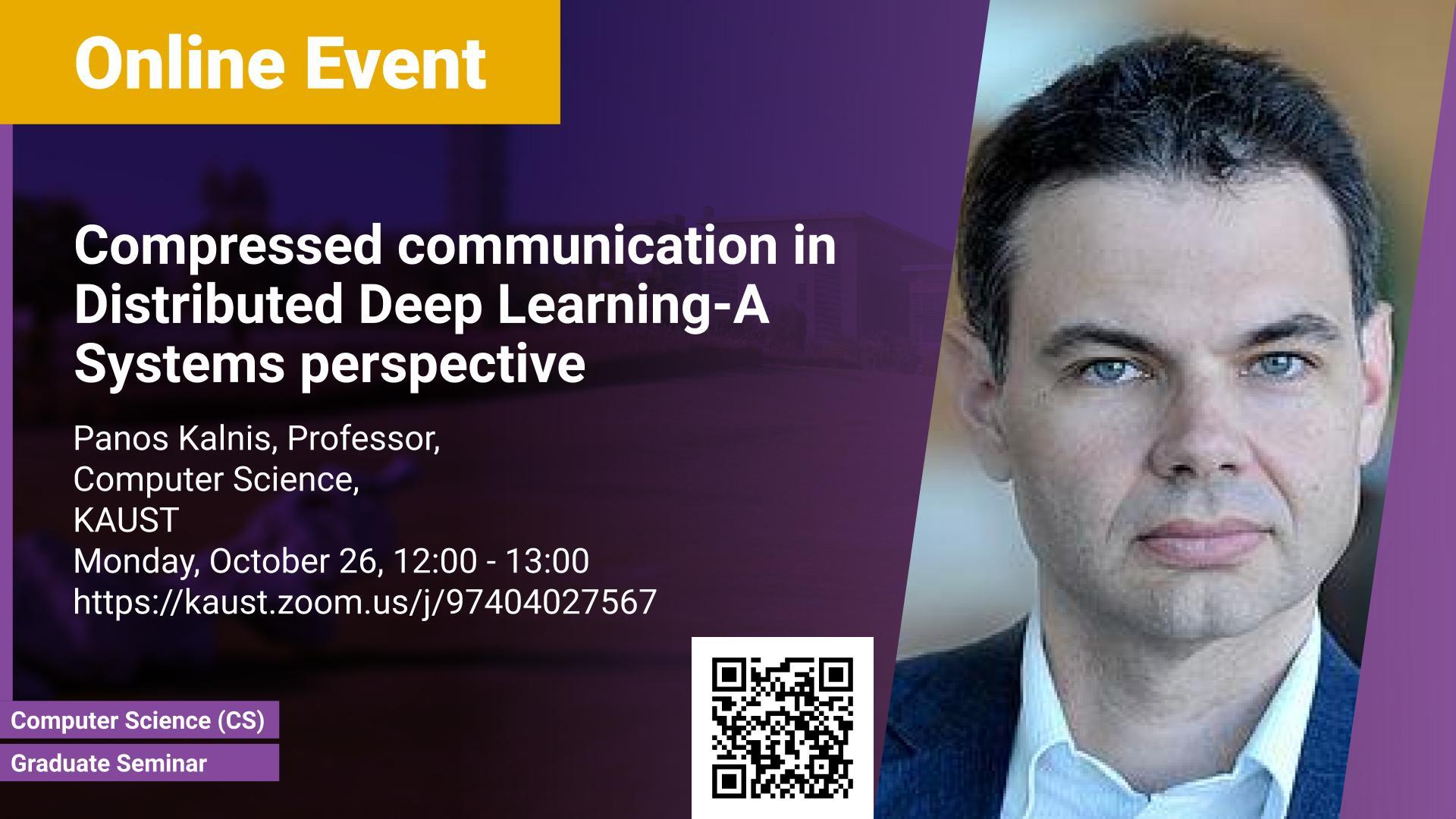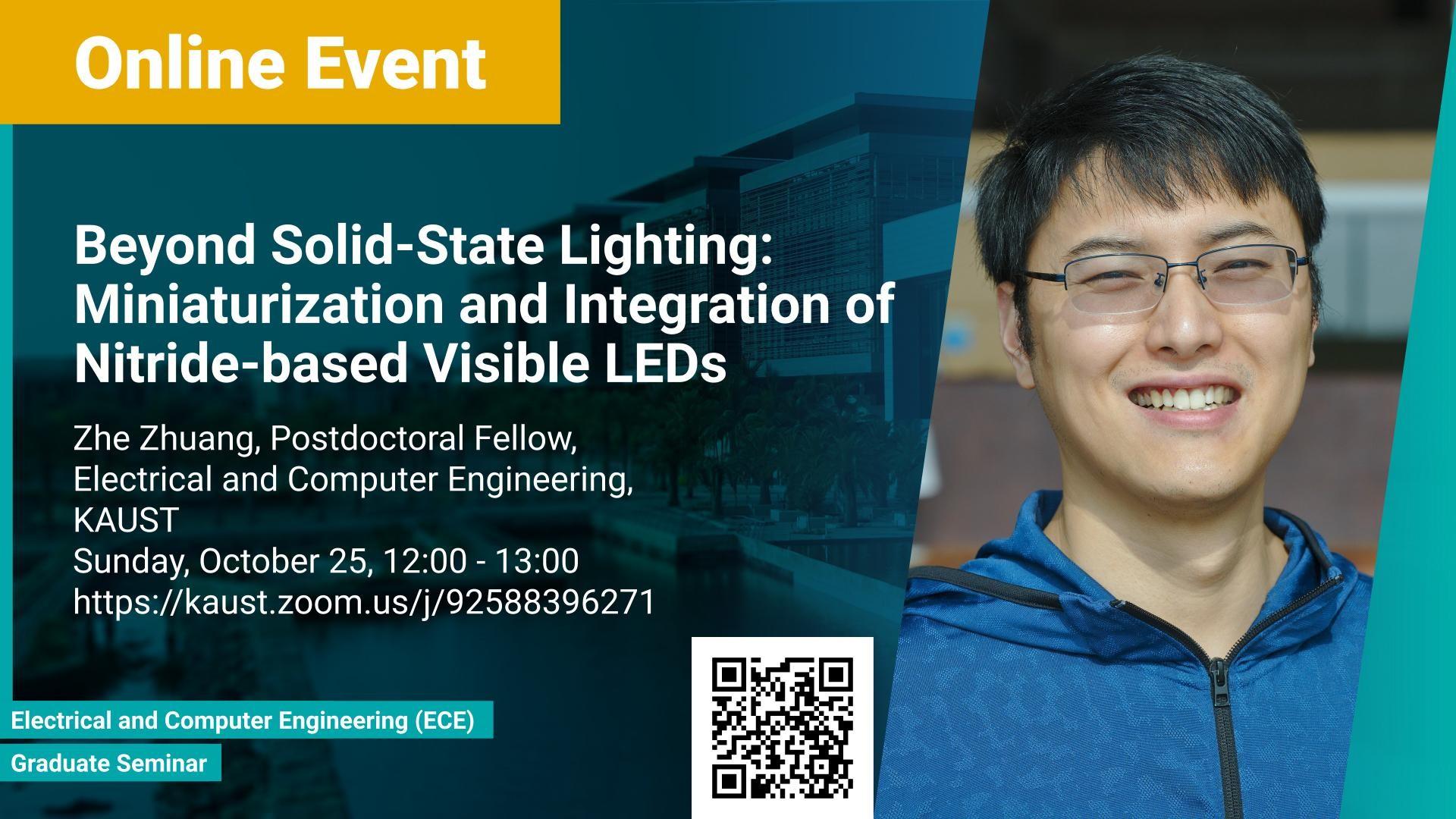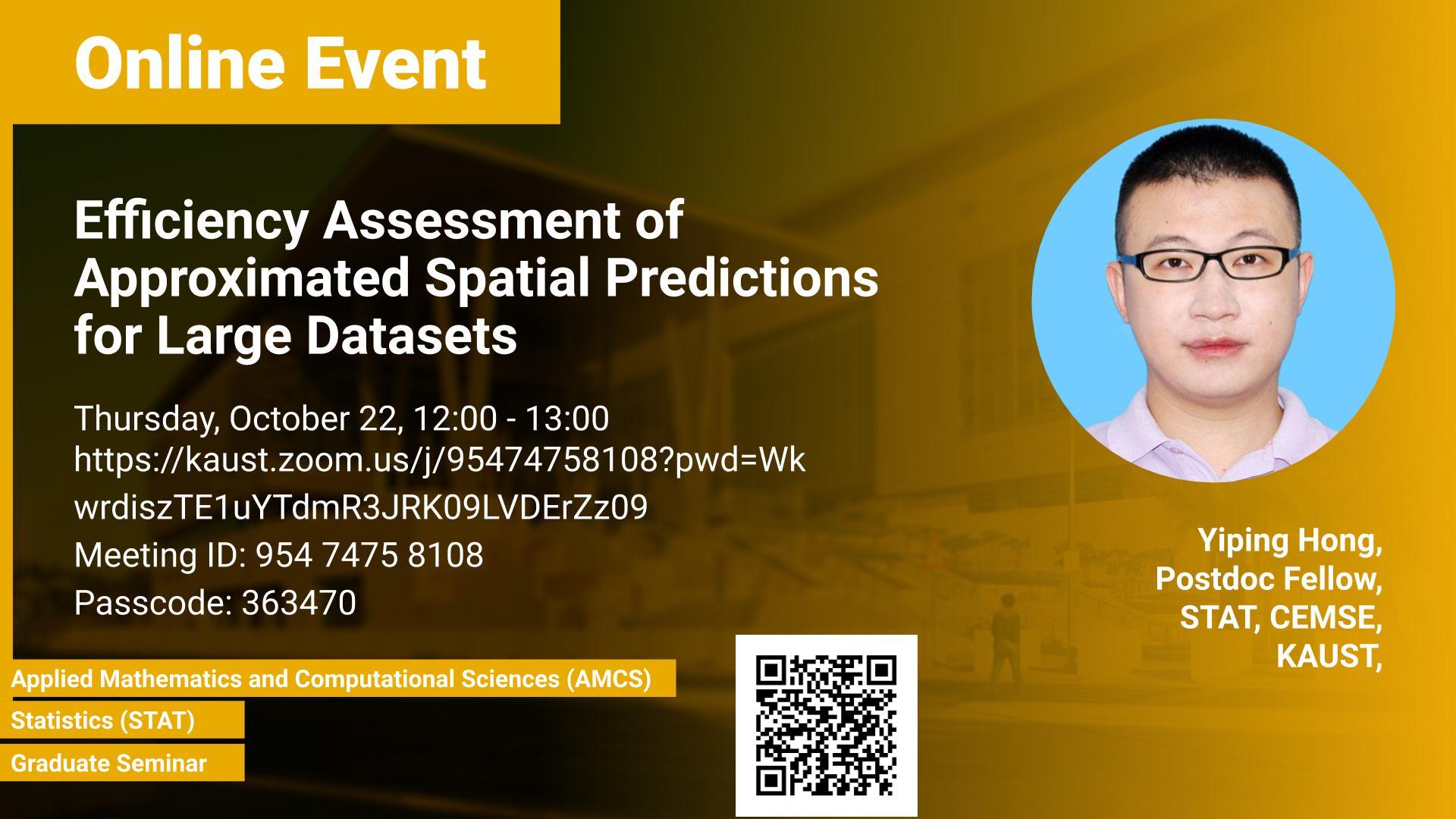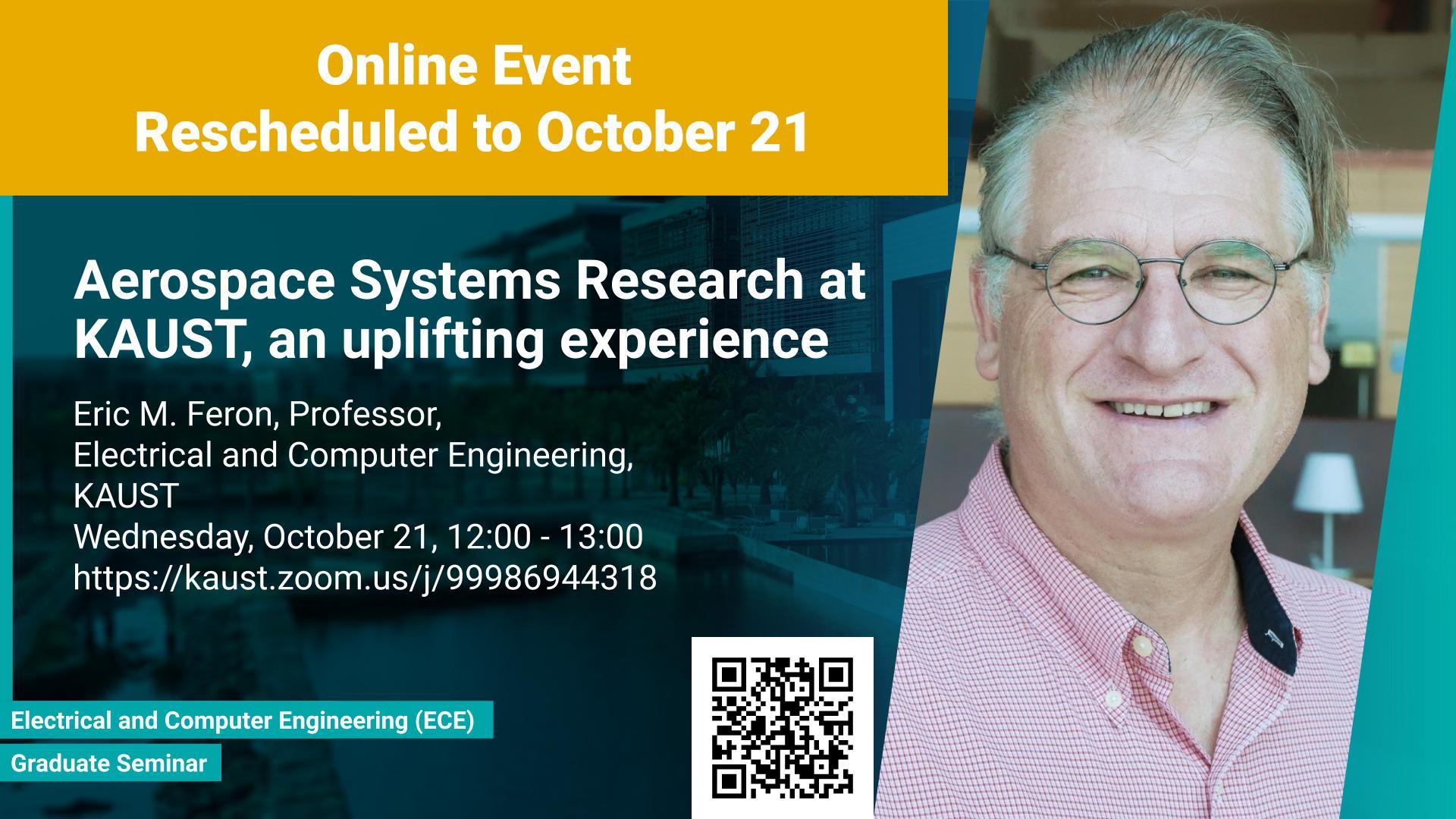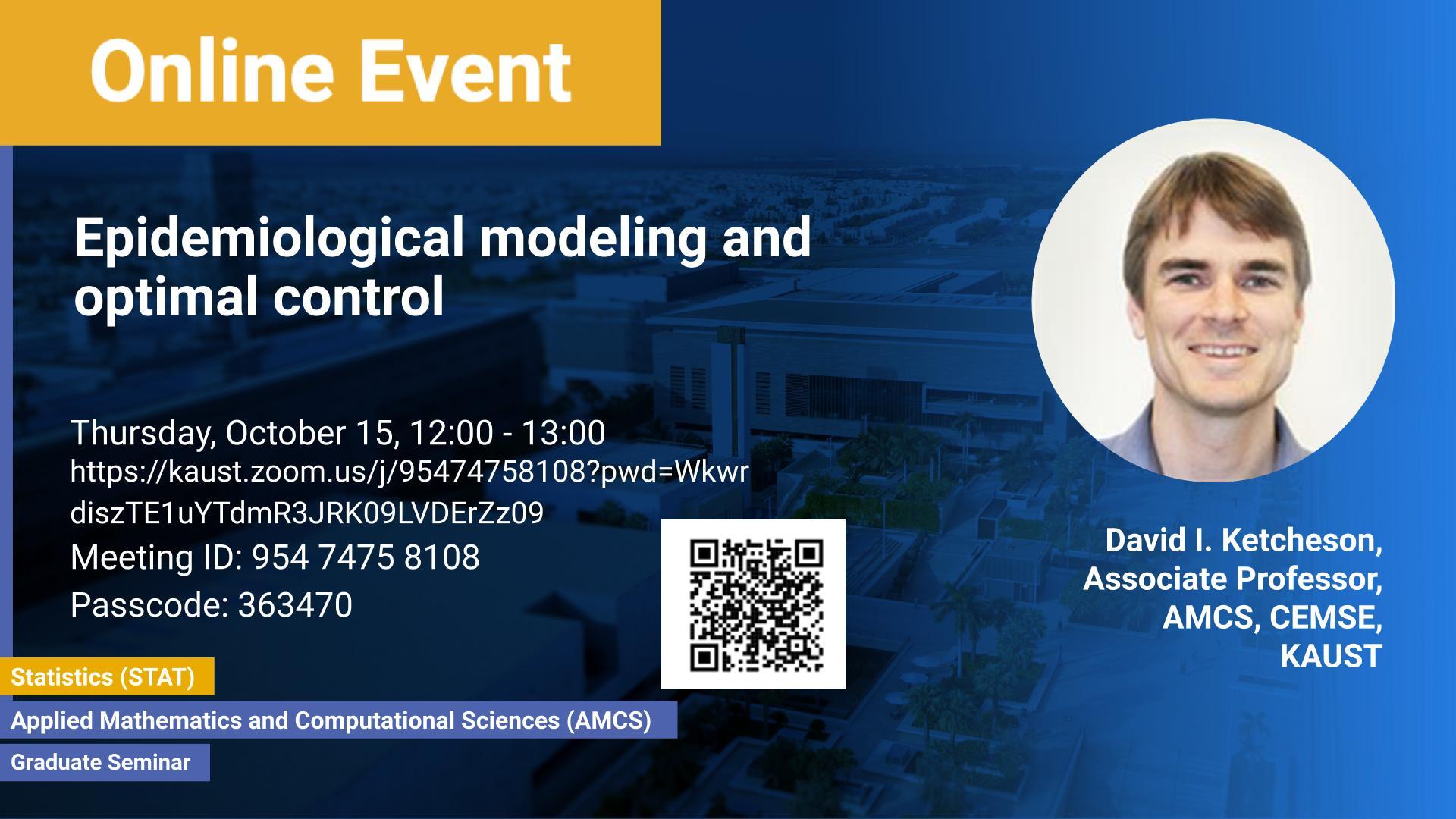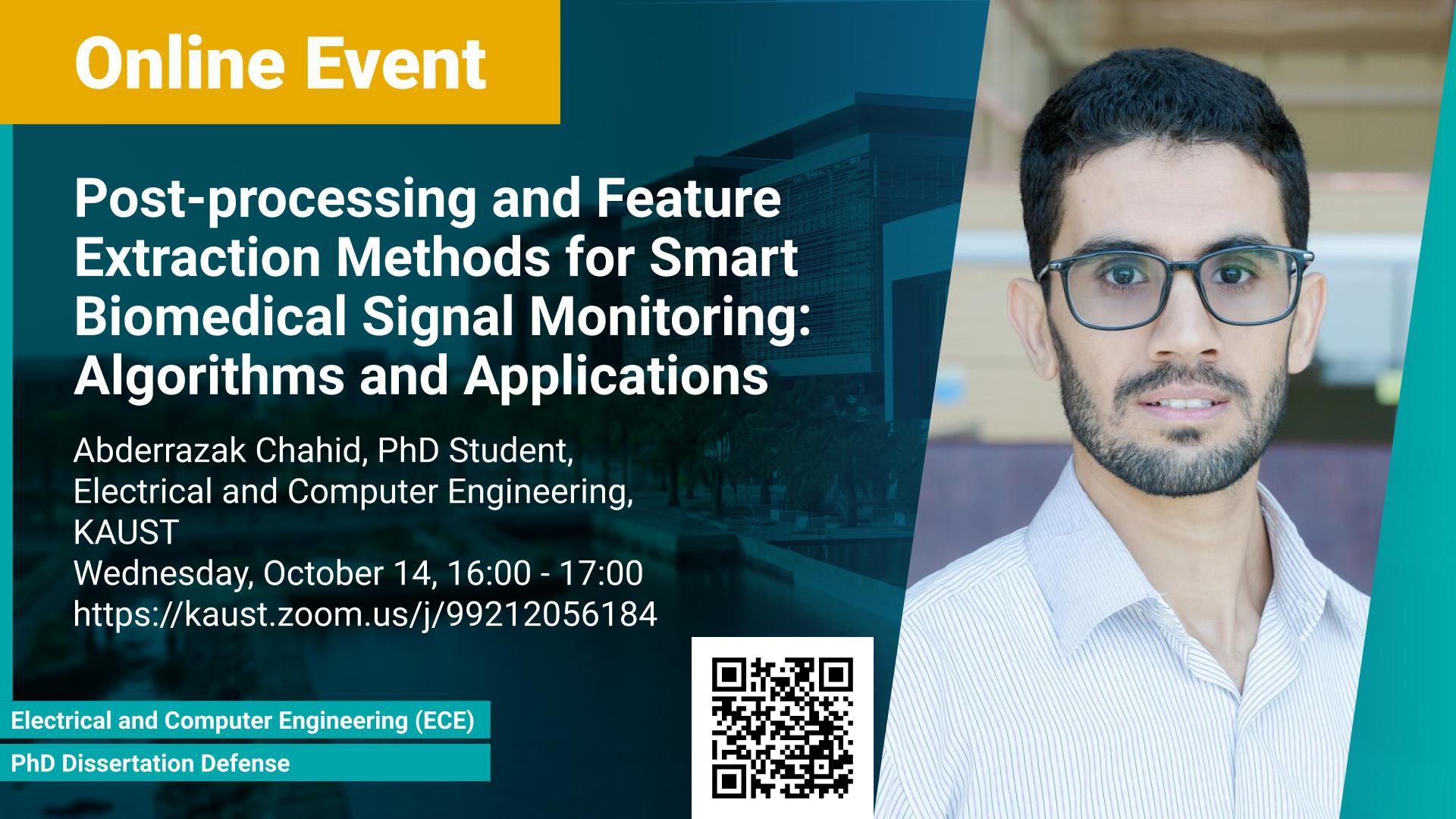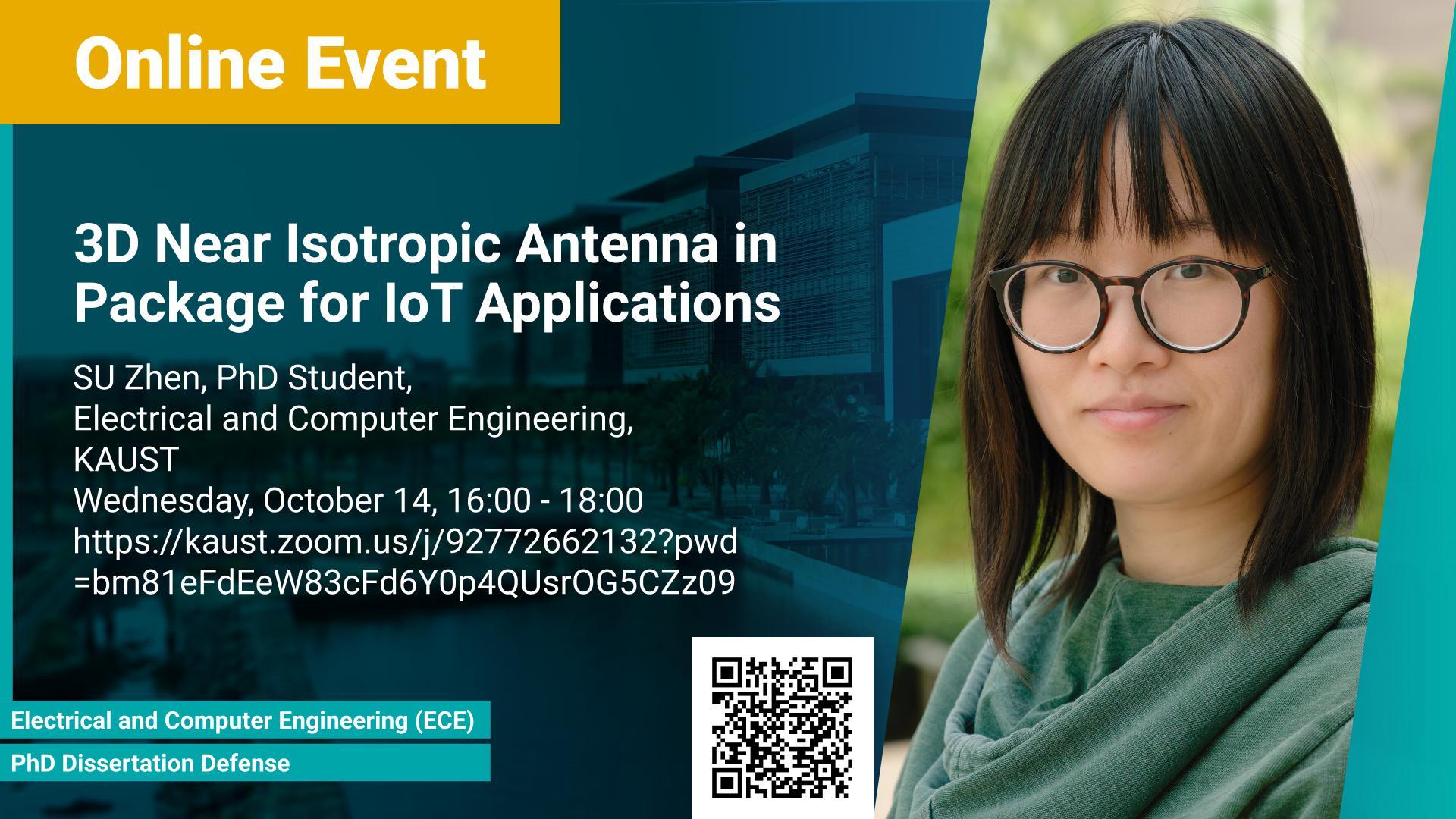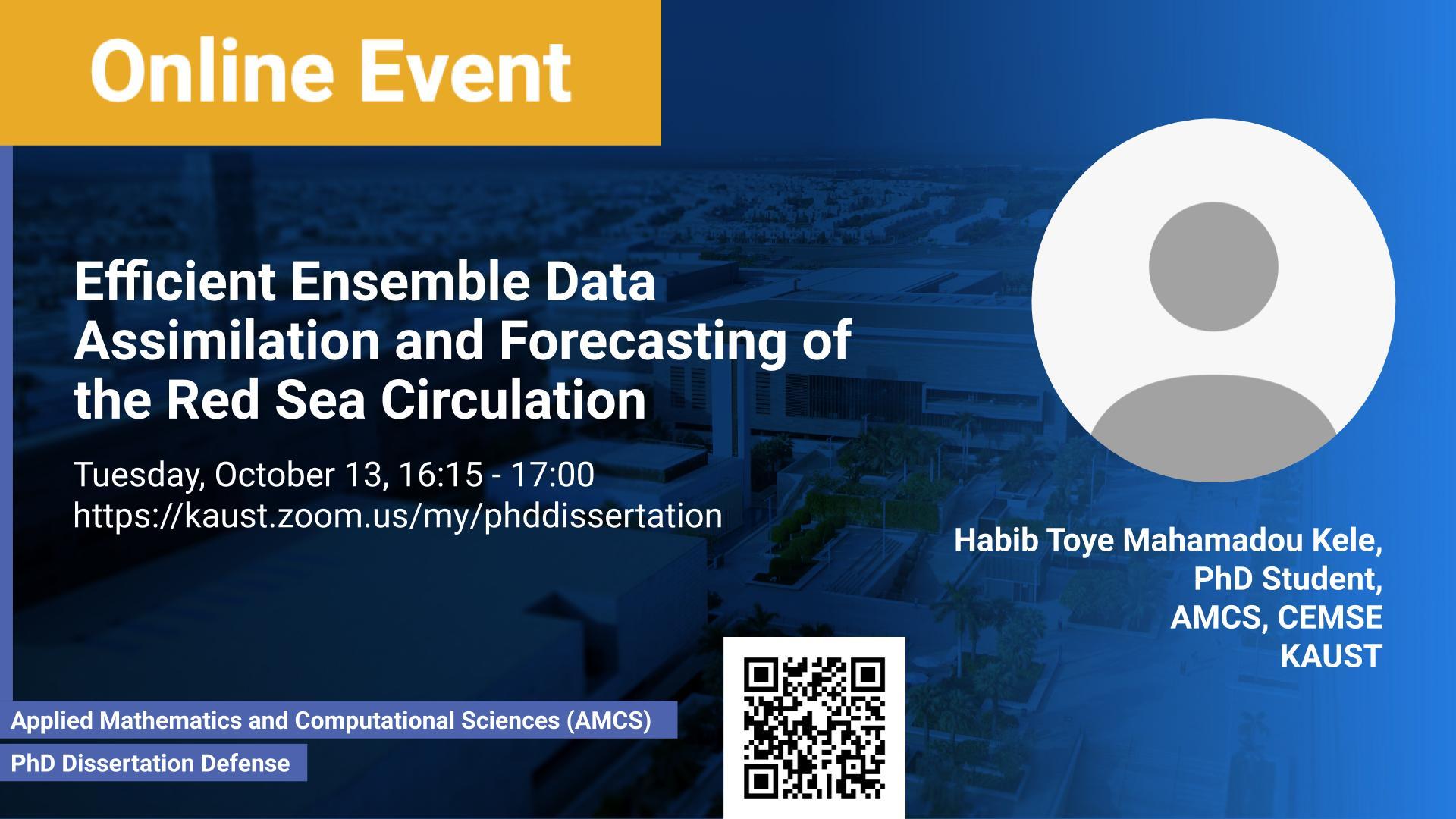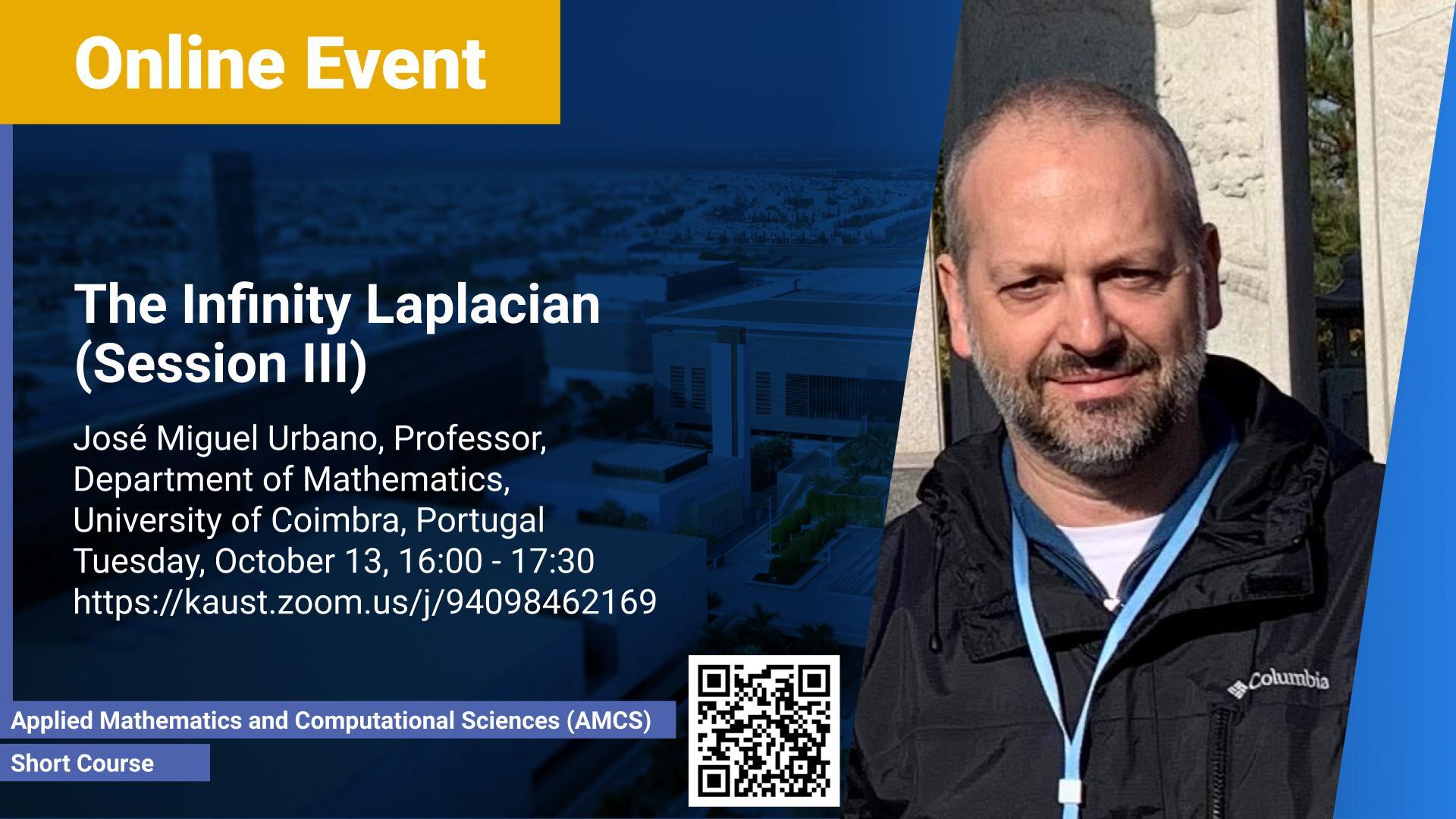Professor,
Electrical and Computer Engineering
Sunday, November 08, 2020, 12:00
- 13:00
KAUST
Contact Person
In this talk, we address fundamental questions that should be asked when contemplating future smart and connected systems, namely, How, Where and What? How can we design computing and communication nodes that best utilize resources in a way that is cognizant of both the abilities of the platform, as well as the requirements of the network? Where are the nodes deployed? By understanding the context of deployment, one can architect unique solutions that are currently unimaginable. With the transformation to diverse applications such as body area networking, critical infrastructure monitoring, precision agriculture, autonomous driving etc., the need for innovative solutions becomes even more amplified. What benefit can be inferred from the data gathered by nodes in the capacity of computing, communication and sensing? The talk will discuss how recent advances in wireless computing and communication nodes can be harnessed to serve the multitude of deployment scenarios required to empower communities of the future with smart and connected systems.
